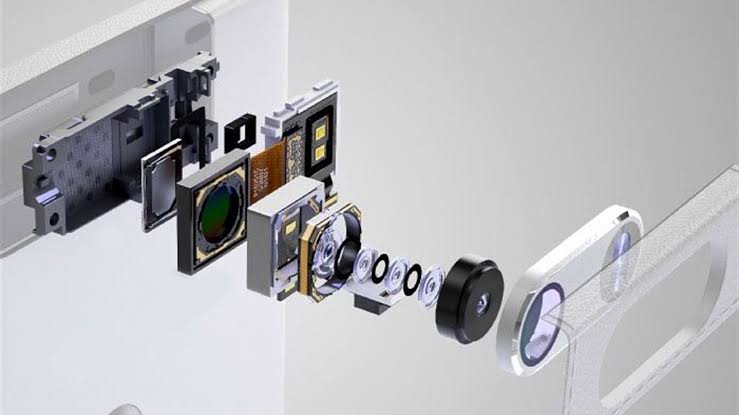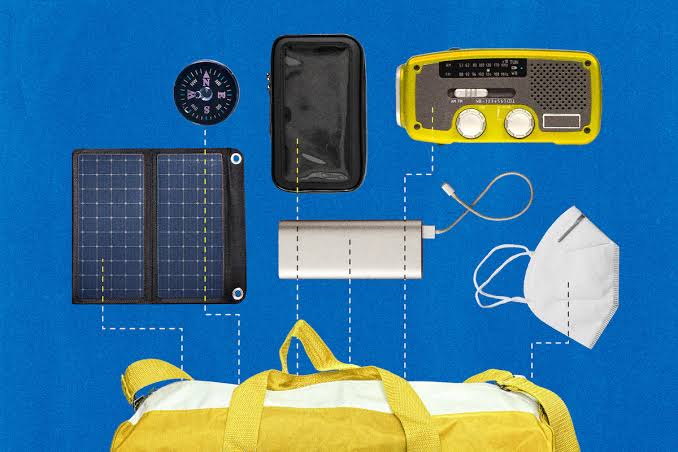Smartphone camera technology has evolved dramatically over the past decade, transforming mobile devices into powerful tools for photography and videography. By 2025, advancements in hardware, artificial intelligence, and computational photography have redefined what users expect from smartphone cameras. With manufacturers focusing on innovation, smartphone cameras are now rivaling professional-grade equipment, offering features that cater to both casual users and photography enthusiasts.
The future of smartphone cameras promises even greater breakthroughs, with companies investing in advanced sensor technology, AI-driven enhancements, and immersive imaging experiences like 3D and AR photography.
Evolution of Smartphone Camera Technology
Smartphone cameras have come a long way from the early days of basic 2-megapixel sensors. Over time, manufacturers have introduced multiple lenses, larger sensors, and advanced features such as optical image stabilization (OIS), night mode, and ultra-wide-angle lenses.
By 2025, smartphones feature multi-lens systems, periscope zoom technology, and powerful AI algorithms that optimize every shot automatically. The shift toward computational photography has further improved low-light performance, dynamic range, and real-time editing capabilities.
Key Advances Expected in Smartphone Cameras
1. Higher Megapixel and Larger Sensors
- Future smartphones are expected to feature sensors with even higher megapixel counts, reaching up to 250 MP or more.
- Larger sensor sizes will capture more light, improving image quality in low-light conditions and producing sharper, more detailed photos.
2. Computational Photography and AI
- Artificial intelligence will continue to enhance photography by automatically adjusting lighting, exposure, and color balance in real-time.
- Advanced algorithms will create professional-grade portraits, cinematic videos, and HDR images without requiring manual settings.
3. Enhanced Zoom Capabilities
- Periscope lens systems will provide up to 20x optical zoom without sacrificing quality.
- AI-powered hybrid zoom will combine optical and digital zoom to produce clear, detailed images even at extreme distances.
4. Improved Low-Light and Night Photography
- New sensor technology and AI will deliver near-daylight quality in low-light environments.
- Features like multi-frame image stacking and advanced noise reduction will make night photography sharper and more vibrant.
5. 8K and 16K Video Recording
- The next generation of smartphones will support ultra-high-definition video recording, reaching 8K or even 16K resolution.
- Advanced stabilization and real-time AI editing will create smooth, cinematic footage directly from mobile devices.
Integration of Augmented Reality and 3D Imaging
Smartphone cameras will go beyond 2D photography with integrated 3D sensors capable of depth mapping and augmented reality (AR) experiences. These innovations will enhance applications like gaming, virtual try-ons, and interior design visualization.
LiDAR technology, already present in some high-end devices, will become standard, enabling more accurate depth sensing and AR object placement.
Advanced Front Cameras for Selfies and Video Calls
The front-facing camera will continue to improve, with under-display camera technology eliminating the need for notches or punch-holes. AI-powered beautification and real-time background replacement will enhance video calls and selfies.
3D facial recognition and biometric scanning will also benefit from these improvements, making smartphones more secure.
Integration with AI Editing and Post-Processing
Future smartphone cameras will feature AI-powered editing tools that can automatically enhance photos and videos immediately after capture. This includes advanced background editing, color correction, and intelligent object removal without requiring external software.
AI-based video editing will also allow users to create professional-level content directly on their devices.
Sustainability in Camera Manufacturing
As environmental concerns grow, manufacturers are focusing on creating camera systems with sustainable materials and energy-efficient sensors. This includes reducing the environmental impact of production and recycling old components responsibly.
Future Potential and Trends
Looking beyond 2025, smartphone cameras could feature holographic imaging, quantum-dot sensors, and fully integrated AR/VR content creation tools. AI may evolve to offer real-time scene simulations, allowing users to preview images before taking the shot.
The rise of foldable and rollable smartphones will also lead to innovative camera placements, such as rotating lenses and multi-angle shooting modes.
Conclusion
Advances in smartphone camera technology are revolutionizing the way we capture and share moments. With the integration of AI, AR, and advanced sensors, future smartphone cameras will not only rival professional equipment but also offer innovative tools that redefine photography and videography.
By 2025 and beyond, these advancements will give users more creative freedom, better image quality, and immersive imaging experiences that push the boundaries of mobile technology.



